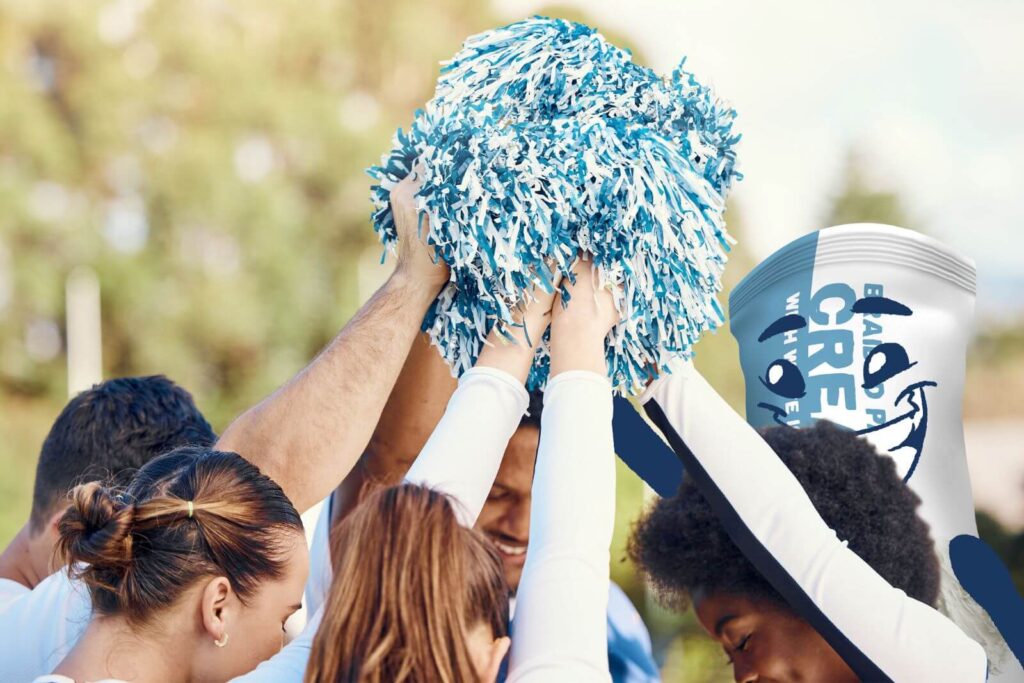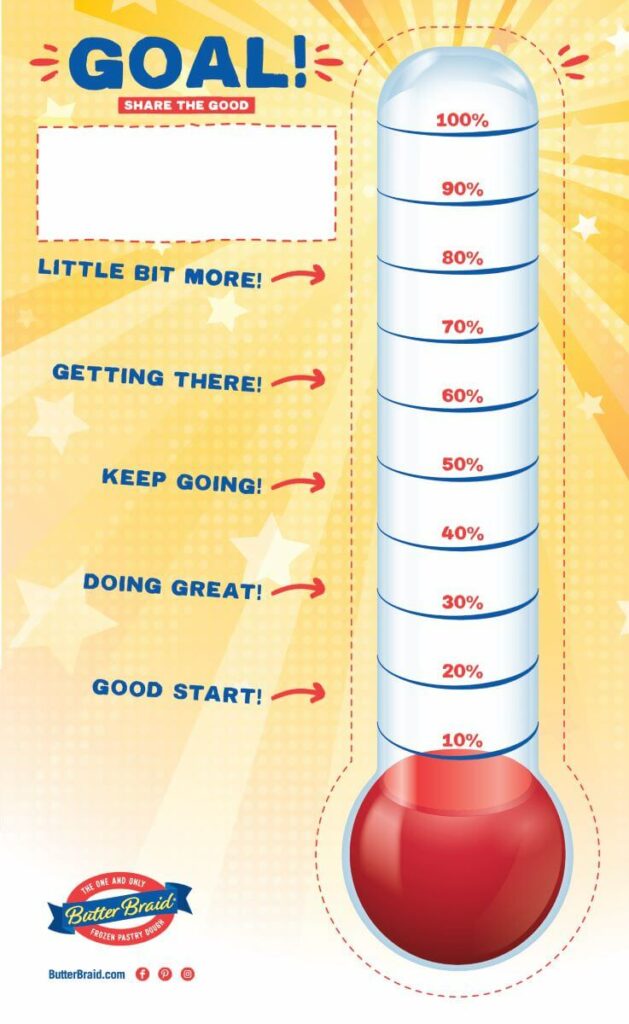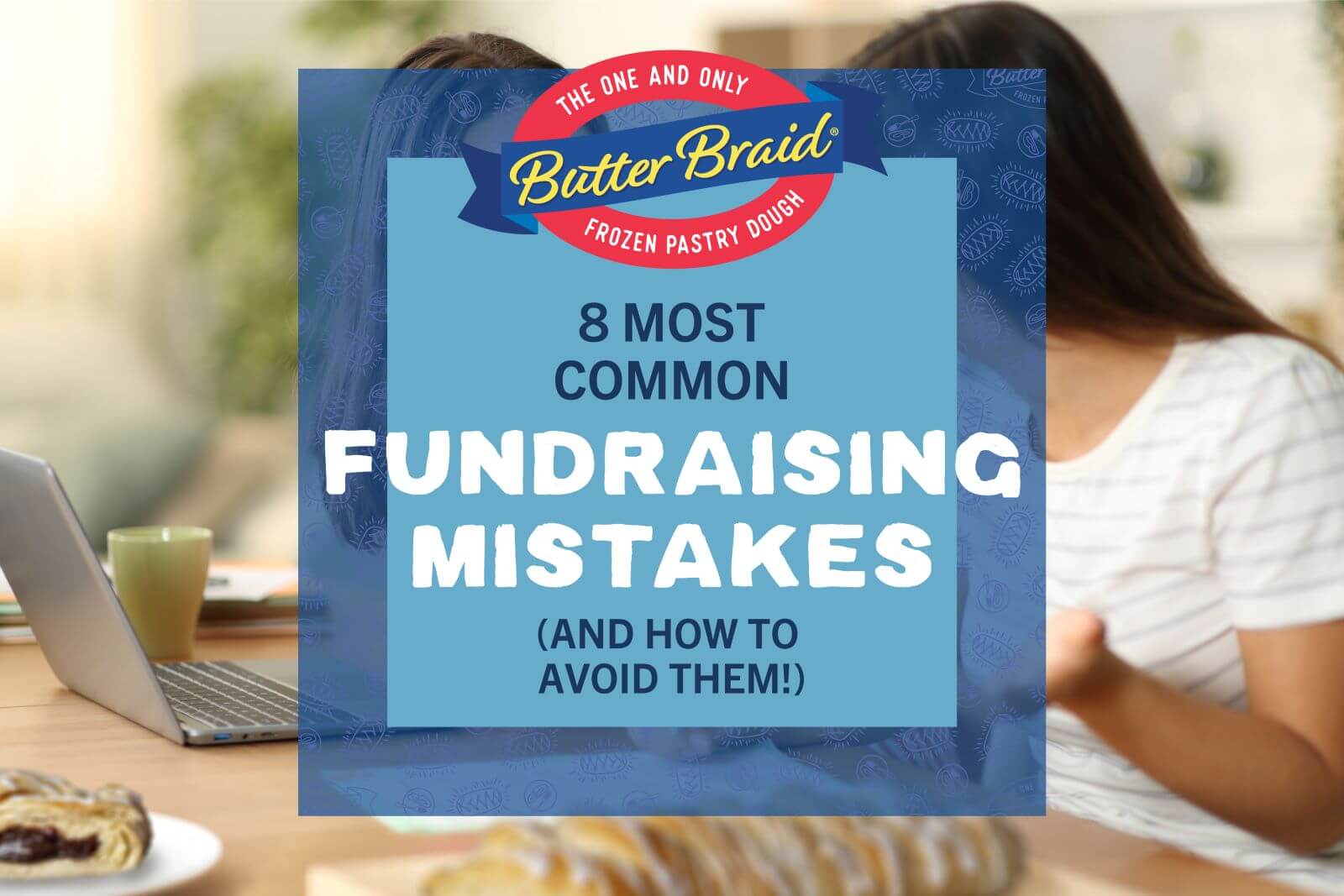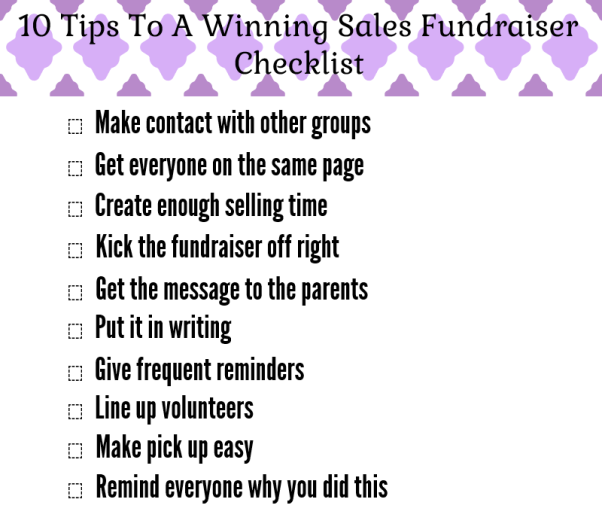Fundraising can be an incredibly rewarding experience, but let’s be honest…it also comes with its fair share of challenges. When you’re leading a fundraiser, your success depends on careful planning, clear communication, and strong engagement from both sellers and supporters. However, many groups fall into common traps that can slow down progress and hurt results.
In this post, we’ll explore eight of the most common fundraising mistakes and, more importantly, give you some tips on how to avoid them during your next fundraiser. By learning from these missteps, you can set your fundraiser up for success and maximize your impact.
8 Common Fundraising Mistakes to Avoid During Your Event
1. Forgetting to Answer the “Why”

In our experience, the biggest fundraising mistakes groups make is jumping straight into selling without clearly communicating the purpose behind their efforts. Supporters and group members are far more likely to contribute when they understand why the fundraiser matters and how their participation will make a difference. If your sellers and supporters don’t know the reason behind your fundraiser, they may feel disconnected from the cause, making it harder to reach your goals.
How to Avoid this Fundraising Mistake:
From the very beginning, clearly articulate your “why” to everyone that is involved with your fundraiser: sellers, parents, volunteers, and supporters. Are you raising money for new team uniforms, travel expenses, or updated classroom equipment? Be specific about how the funds will be used and the impact they will have. The more personable and relatable your “why” is, the more invested people will be in your success.
For an extra boost, share stories, photos, or testimonials that highlight how previous fundraising efforts have positively impacted your group. When supporters can see the tangible results of their contributions, they’ll be much more motivated to participate.
2. Not Building a Relationship with Supporters (Only Focusing on the Ask)

Many fundraising groups make the mistake of only reaching out to supporters when asking for donations, which can be a bit of a turn off. Your supporters should feel like they are valued partners in your group’s success. However, if your only communication with them revolves around asking for donations or purchases, supporters may feel like they’re just a means to an end. This approach can lead to donor fatigue and a lack of long-term engagement.
How to Avoid this Fundraising Mistake:
Prioritize building relationships with your supporters. Engage with them before, during, and after your fundraiser. Here are some ways to build stronger connections with the people in your community:
- Show appreciation through thank-you messages. These can be handwritten notes, an email, or a social media post.
- Share progress updates and let supporters see the impact of their contributions.
- Keep them involved beyond fundraising by encouraging them to follow you on social media, asking them to sign up for your newsletter, inviting them to events, or celebrating achievements.
3. Lack of Effective Communication with Sellers, Parents, & Supporters

Another common fundraising mistake: poor communication. If your sellers, parents, and supporters don’t have the right information at the right time, confusion can set in, and participation may drop. Missed deadlines, unanswered questions, and unclear expectations can all lead to frustration.
How to Avoid this Fundraising Mistake:
To keep your fundraiser on track, establish a clear communication plan that ensures everyone stays informed and engaged. Here are a few key strategies we recommend:
- Create a communication schedule: Plan when and how you’ll send updates before, during, and after the fundraiser. Key topics to include are fundraiser details, deadlines, selling tips, and reminders.
- Use multiple channels: Not everyone checks email regularly, so diversify how you communicate. Use a mix of emails, text messages, social media posts, and even printed flyers and posters to ensure your message reaches everyone.
- Make information easy to access: Provide sellers and parents with a fundraising packet that includes key details like product information, pricing, sales scripts, and order deadlines. Consider creating an FAQ document or webpage to address common questions.
- Encourage two-way communication: Make sure sellers, parents, and supporters know who to contact if they have questions. Provide clear points of contact and be responsive when they reach out.
Check out this blog post for more tips on improving your fundraising communications.
4. Having Unrealistic Goals

Setting fundraising goals is an essential part of running a successful campaign, but a common mistake is setting goals that are too ambitious or unrealistic. While it’s great to aim high, setting an unachievable target can leave sellers feeling discouraged. On the flip side, setting goals too low means your group may not be as motivated to challenge themselves and do their best.
How to Avoid this Fundraising Mistake:
When you’re ready to begin setting goals for your group, we recommend using the SMART method. Setting SMART (Specific, Measurable, Achievable, Relevant, Time-Bound) goals is a powerful strategy for helping groups achieve their fundraising targets. By breaking down what needs to be accomplished into clear, actionable steps, SMART goals provide a roadmap to set your group up for success.
You can also try setting individual goals as well as group goals. An individual goal refers to a specific target set for each seller to achieve during the fundraiser’s selling period. Rather than focusing solely on the total amount the group needs to raise, individual goals break that larger number down into manageable portions. These goals give each seller a clear and personal objective in order to make participating in the fundraiser more appealing and less overwhelming.
5. Hosting Too Many Fundraisers (Fundraising Fatigue)

It’s tempting to run several fundraisers throughout the year to bring in as much money as possible but hosting too many can lead to what’s known as fundraising fatigue. When sellers and parents feel like they’re constantly being asked to participate, excitement, enthusiasm, and participation begin to dwindle. Instead of increasing sales, frequent fundraisers can actually cause engagement to drop.
How to Avoid this Fundraising Mistake:
- Focus on quality over quantity. Instead of running several smaller, less-effective fundraisers, concentrate on one or two high-impact fundraisers per year. Choose a reputable fundraising program with a proven track record of success to maximize profitability. (Sounds like a Butter Braid® Pastry fundraiser may be in order!)
- Avoid overlapping your event with other fundraisers in the community or scheduling them too close together.
- If you find yourself falling short of your goal, look for ways to increase participation in your current fundraiser instead of planning a whole other campaign. Consider adding fun incentives, increasing communication, or reaching out to new potential supporters.
- If you host a second fundraiser, make sure to offer something different. If your group sells the same product year-round, supporters may lose interest.
6. Trying to Do it All Yourself

Fundraising success doesn’t rest on just one person’s shoulders, but it can feel that way if you try to take on too much. Many group leaders make the mistake of thinking they have to handle every detail themselves – coordinating orders, communicating with sellers and parents, promoting the fundraiser, and overseeing order pick up. Not only is this overwhelming, but it can also lead to mistakes, delays, and burnout.
How to Avoid this Fundraising Mistake:
Rally a team of dedicated volunteers to ensure that tasks are divided and completed efficiently. This not only makes things run more smoothly but also builds a sense of community around your cause. Encourage your volunteers to take ownership of different aspects of the fundraiser, such as logistics, communications, or distribution. Collaborative effort always leads to greater success.
For tips on recruiting volunteers, check out our blog post How to Recruit Volunteers for Your Fundraiser.
7. Choosing Niche or Unexciting Products

Not choosing a product that appeals to a wide audience is another common fundraising mistake. If you pick a niche or unexciting product, it can be difficult to generate enthusiasm among sellers and supporters, ultimately leading to lower sales. While some fundraising products may be meaningful to a specific group, they may not have broad enough appeal to maximize profits.
How to Avoid this Fundraising Mistake:
Stick to products that are widely known and trusted, or, at the very least, ensure there is strong marketing support explaining the benefits of the items. An example of this type of product? Butter Braid® Pastries! Braided by hand and made with 100% real butter, these pastries are bursting with sweet and savory fillings and can be topped with a sweet icing or rich dipping sauce. The premium quality and mouth-watering taste not only make them easy to sell but also ensures supporters are satisfied with their purchase.
8. Forgetting to Show Gratitude

A successful fundraiser isn’t just about raising money – it’s also about building relationships and fostering a sense of community. One of the most common and costly mistakes is failing to properly thank those who contributed to the effort. Supporters, sellers, parents, and volunteers all play a crucial role in making a fundraiser a success, and neglecting to show appreciation can make them less likely to participate in the future.
How to Avoid this Fundraising Mistake:
- Send personal thank-you notes: A handwritten note, personalized email, or even a quick phone call to express appreciation can make a big impact. Recognizing individual contributions shows sincerity and encourages continued support.
- Publicly acknowledge supporters: Use social media, newsletters, or a group meeting to give a public shout-out to top sellers, dedicated volunteers, and generous supporters. Highlighting their efforts reinforces their value to the cause.
- Host a celebration event: If possible, organize a simple get-together, like a pizza party or an awards ceremony, to celebrate everyone’s hard work and success.
By making gratitude a key part of your fundraising efforts, you strengthen relationships, encourage future participation, and create a positive experience for everyone involved. A little appreciation goes a long way in ensuring continued success.





